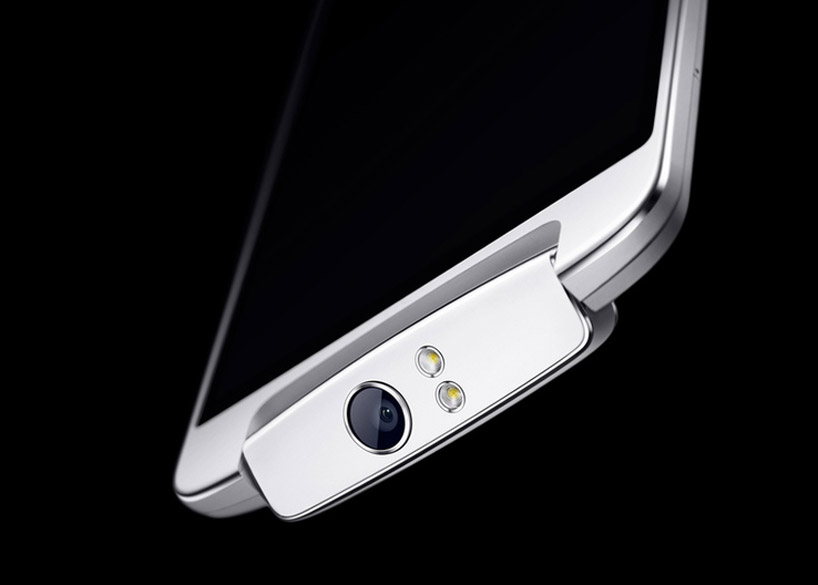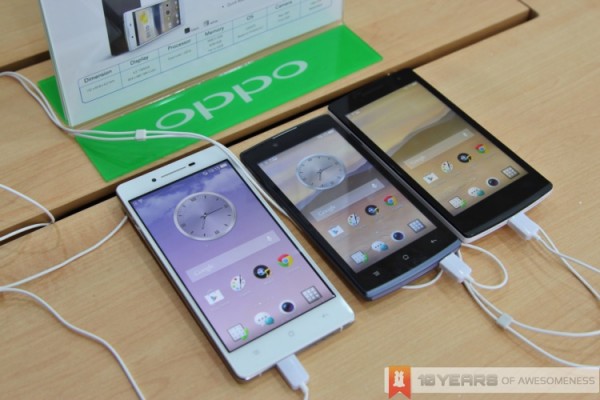
Who are Xiaomi and Oppo? The last week has seen two Chinese companies begin to make news in Malaysia. Oppo recently launched a series of new phones, while Xiaomi is already planning to enter the market. But who are these companies? And how do they fit into the grand scheme of smartphone manufacturers out there?
Oppo
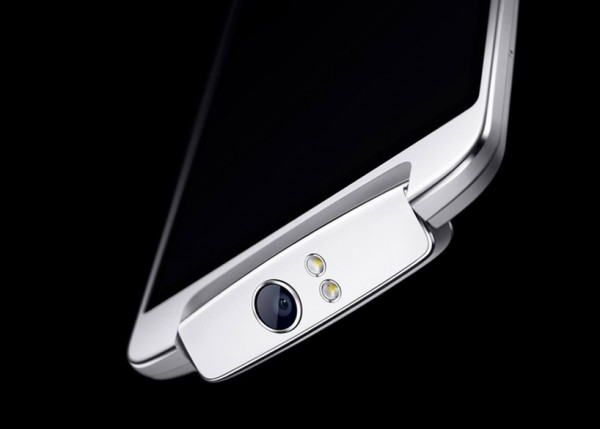
Based in Guangdong, China, Oppo mainly made consumer electronics until recently. This meant a whole lot of DVD players and home theatre systems. The company only entered the mobile market at the end of 2005. Most of its early designs suffered from the usual copycat designs normally seen on fledgling brands.
Fortunately, the company appears to be settling for a real piece of the smartphone pie and no longer simply following the trend. The Oppo Neo, Find 5 Mini, and R1 have found some semblance of originality in style; as far as smartphones now have distinguishing physical features. In fact, Oppo often goes out of its way to bring something new to the market. The Oppo Finder was the thinnest smartphone back in 2012 (at 6.7mm it is still pretty thin by current standards), the Oppo Find 5 had the raw power to beat both the HTC Butterfly J and Samsung Galaxy Note II in benchmarks, while the Oppo Ulike 2 started the trend of putting bigger sensors on the front of the phone.
More importantly, the Oppo N1 brings something unusual to the smartphone market – the rotating camera. We’ve covered the launch with as much information as we could get our hands on.
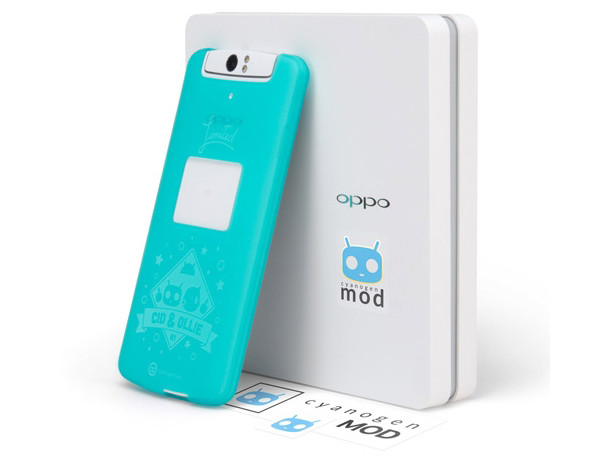
Also, Oppo has a special CyanogenMod version of the N1. It essentially preloads the customised Android ROM from the factory, which saves users the time of flashing it themselves. Ostensibly, this is to gain a bit more traction in the Western markets; where vanilla operating systems are a little more popular. Unfortunately, this particular version isn’t arriving in Malaysia; although that won’t stop people from doing it themselves.
Oppo is by no means a small company. It managed to become the second most profitable mobile phone company in China last year. Considering that China is home to more than a few phone manufacturers, this is a massive feat for the company.
Xiaomi
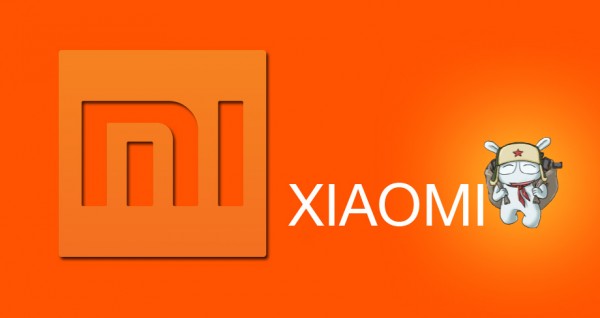
Xiaomi’s biggest accomplishment was luring Hugo Barra, VP of Google’s Android platform, into taking over the VP of Xiaomi Global seat. A feat that was completely unthinkable at the time (Barra’s issues with Google co-founder Sergey Brin at the time may have spurred the move).
While Xiaomi isn’t officially in Malaysia yet, they have announced plans to enter the market within the next two months. As far as smartphone models go, the most recent Mi 3 has the same kind 2GB of RAM with Snapdragon 800 processor found in many other devices. However, if the international pricing (about RM1,110 for high end specifications) of the Mi 3 holds true, it might also be the best deal for a smartphone ever.
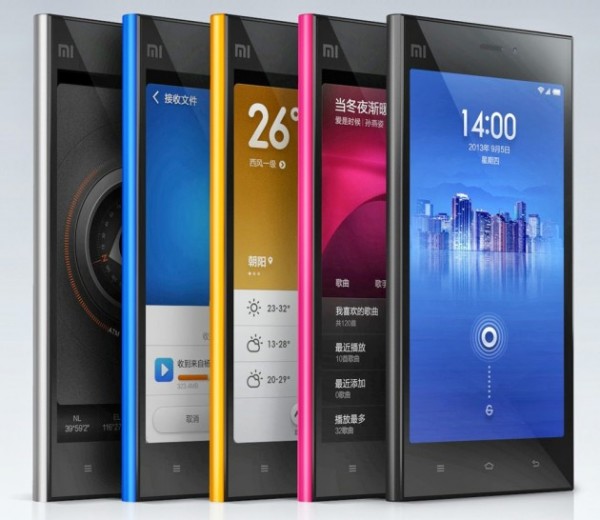
The biggest draw from Xiaomi would be the MIUI operating system. Based on Android 4.2.2, it is somewhat similar to the skinning done on Samsung’s TouchWiz. Although MIUI goes further in stripping out all the standard Google apps and replacing them with the company’s own features. On one hand, this means that the OS is essentially no longer an official Google product. However, this appeals to users who don’t want Google to know everything about them.
More importantly, the firmware is updated every Friday on the Xiaomi forums. A schedule more frequent and consistent that any other smartphone OS in the market. This leads to an unprecedented amount of customer support and feedback. It oddly also creates MIUI ROMs for other popular smartphone models as well. Despite not concentrating on Western markets, there is a significant following for the brand in the English speaking world.
Xiaomi’s Chairman and CEO, Lei Jun, has also been called the Steve Jobs of China. Partly because he tries to dress the part, but mainly because his marketing strategy is based around generating hype to fuel sales. This is because Xiaomi phones are only sold online, and with small batches periodically released. For instance, while this story was being written the Xiaomi Redmi managed to sell out in Singapore in under 8 minutes. It was a batch of about 100,000 phones, and users limited to one phone per registered account.
Edit: The 100,000 phones were sold out in China in two minutes.
Are they worth it?
It’s hard to tell if either Oppo or Xiaomi will make a dent in the local smartphone market. Although both bring some interesting options to the game. Oppo genuinely tries to be different from the competition, which is more than the barrage of minor improvements thrown at us with more global brands.
Xiaomi on the other hand appears to have figured out how to properly market itself in a way that translates into rabid fans buying everything. It doesn’t entirely mean that this is a bad thing; this strategy wouldn’t last if they weren’t capable of putting out a decent product anyway.
More smartphones isn’t a bad thing. It simply means a greater amount of competition, which should, in theory, bring overall prices down. Especially with manufacturers like Oppo and Xiaomi offering products similar to other flagship phones, but at significantly lower prices. After the ridiculous pricing of the last few top of the line phones, maybe it’s about time we saw something a little more sensible.
Follow us on Instagram, Facebook, Twitter or Telegram for more updates and breaking news.


